Think gardening ends with summer? Think again! September might signal shorter days and cooler breezes, but it’s also the perfect time to grow a fresh batch of fast-maturing vegetables. With the right choices, you can enjoy crisp, flavorful produce before winter takes hold. Fall gardening has its own magic — fewer pests, less watering, and an abundance of delicious greens and roots.
Curious about which vegetables are best suited for a speedy fall garden? Let’s dive into the 11 fast-growing fall vegetables to plant in September and discover how you can keep your garden productive deep into autumn.
Why Plant in September?
While September might seem late in the season, many vegetables thrive in cooler temperatures. In fact, certain crops develop better flavor and texture when grown in fall. Plus, fall-grown veggies often require less maintenance, meaning more harvest with less hassle.
But how do you ensure your veggies mature before frost? The secret is choosing quick-growers — plants that go from seed to table in as little as 30 to 60 days. Let’s take a look at the best picks!
11 Fast-Growing Fall Vegetables to Plant in September
1. Radishes – The Speed Champions of the Garden
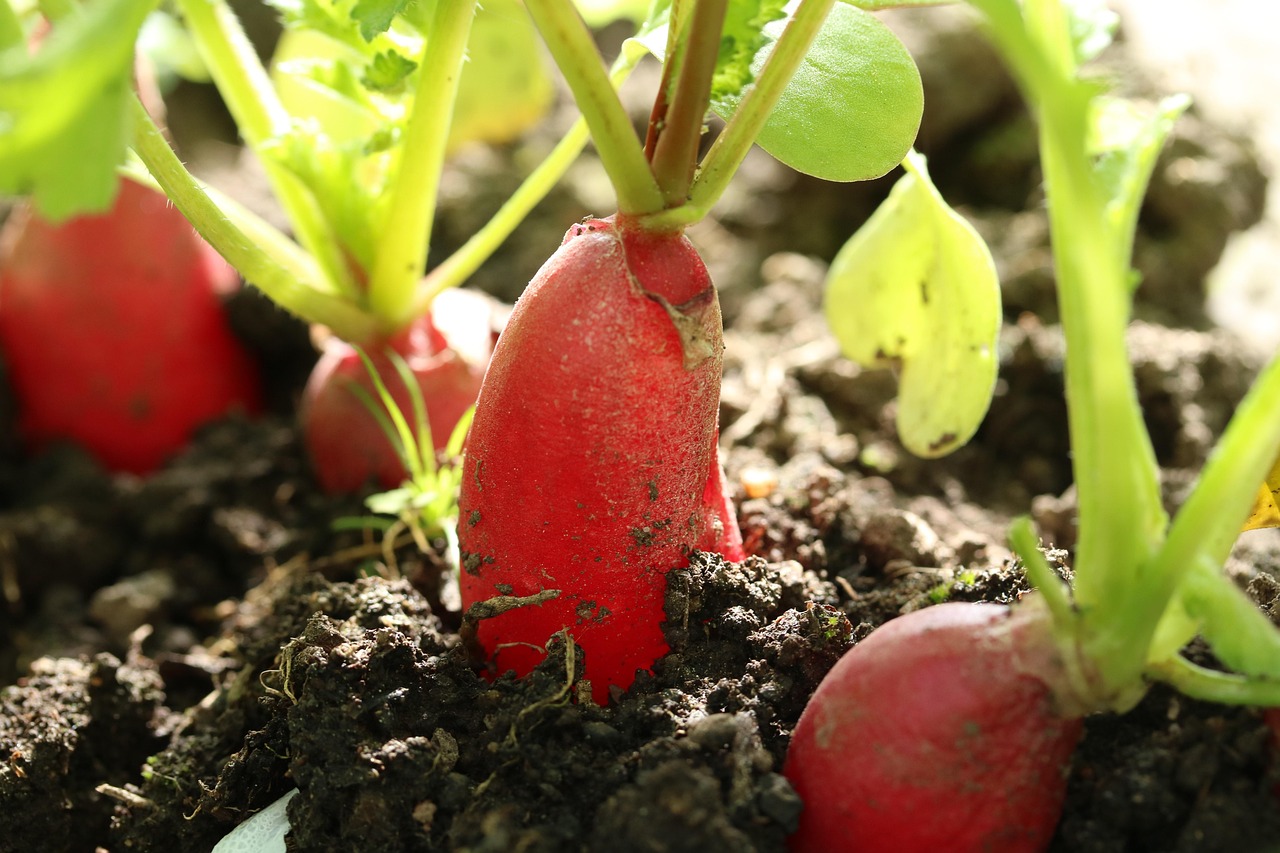
If there’s one vegetable made for impatient gardeners, it’s the radish.
Why Plant Radishes in Fall?
- They thrive in cool soil and can mature in as little as 20 to 30 days.
- Fall-grown radishes are milder and crunchier than their summer counterparts.
Top Varieties for Speed:
- Cherry Belle
- French Breakfast
- White Icicle
Quick Tip:
Sow every 10 days for a steady harvest until the first hard frost.
2. Arugula – Peppery Greens in No Time
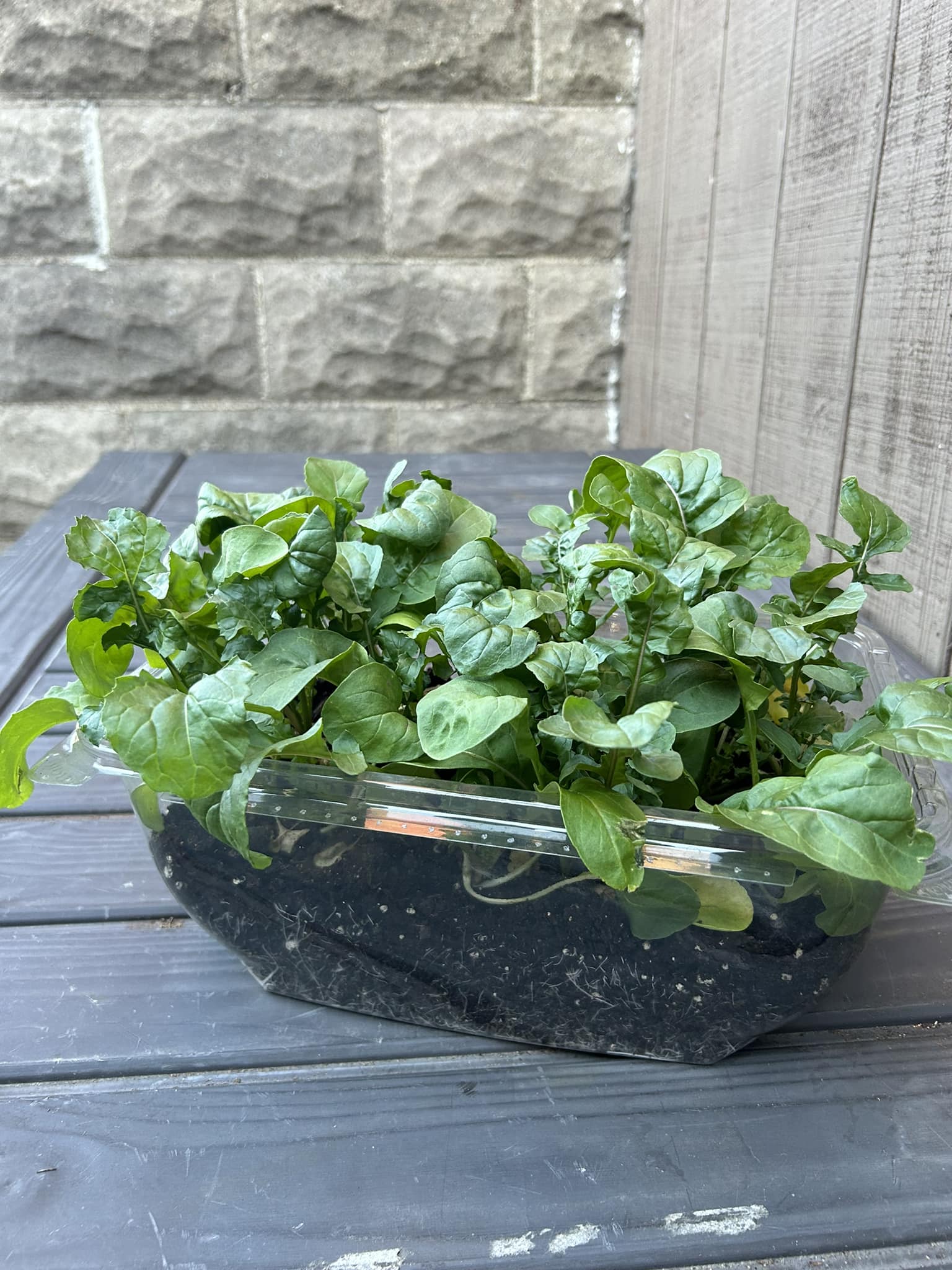
Looking for a leafy green with a kick?
Why Arugula Rocks September Gardens?
- Matures in 20–40 days, making it a great candidate for salads and sandwiches.
- Cold temperatures enhance its flavor without making it too spicy.
Growing Tip:
Harvest young leaves early for the best taste and tenderness.
3. Spinach – Cool Weather Favorite
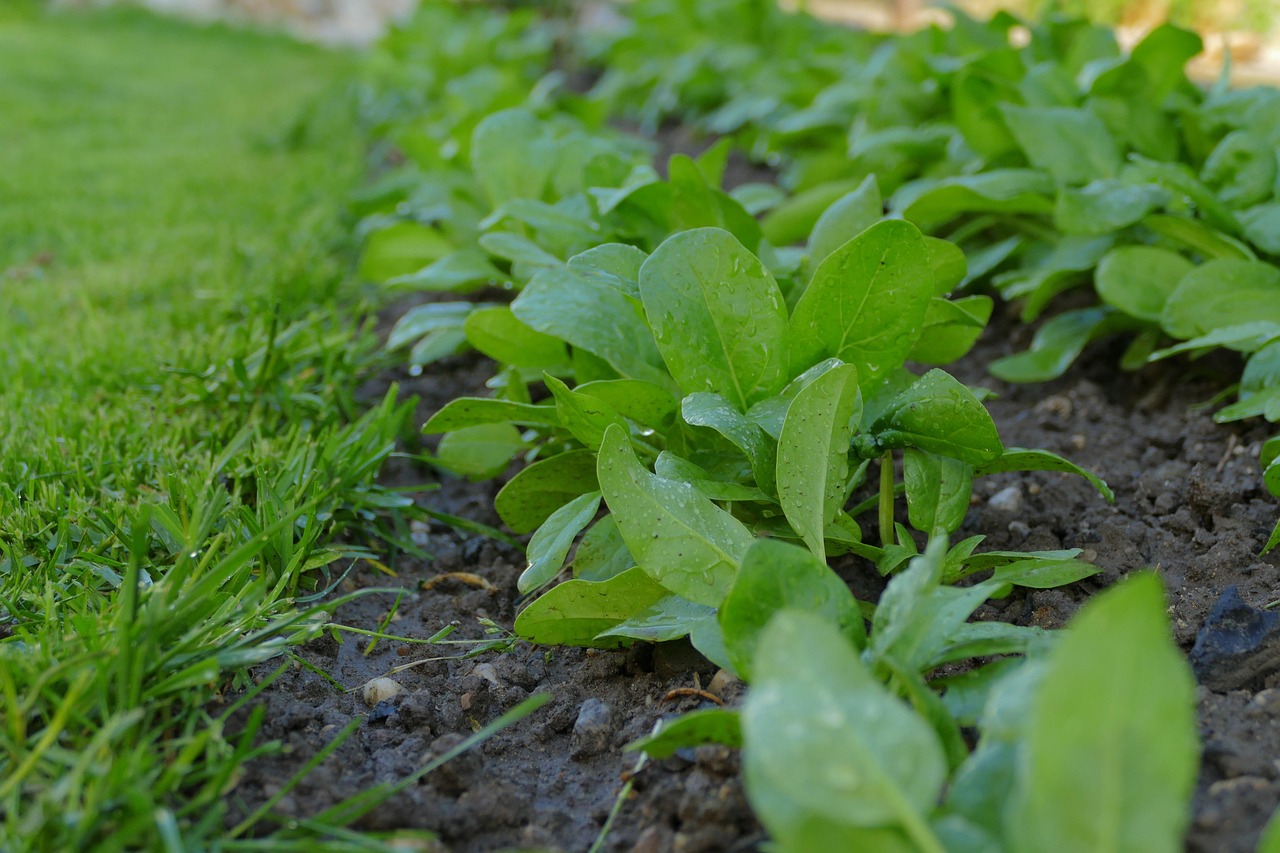
Spinach is a nutrient powerhouse and it loves the chill.
Why Fall Spinach?
- Takes about 35–45 days to mature.
- Cooler temps prevent bolting and bitterness.
Great Varieties for Fall:
- Bloomsdale Long Standing
- Space
- Tyee
Bonus Tip:
Mulch to keep the soil temperature stable and extend the harvest.
4. Lettuce – Crisp and Colorful in a Flash
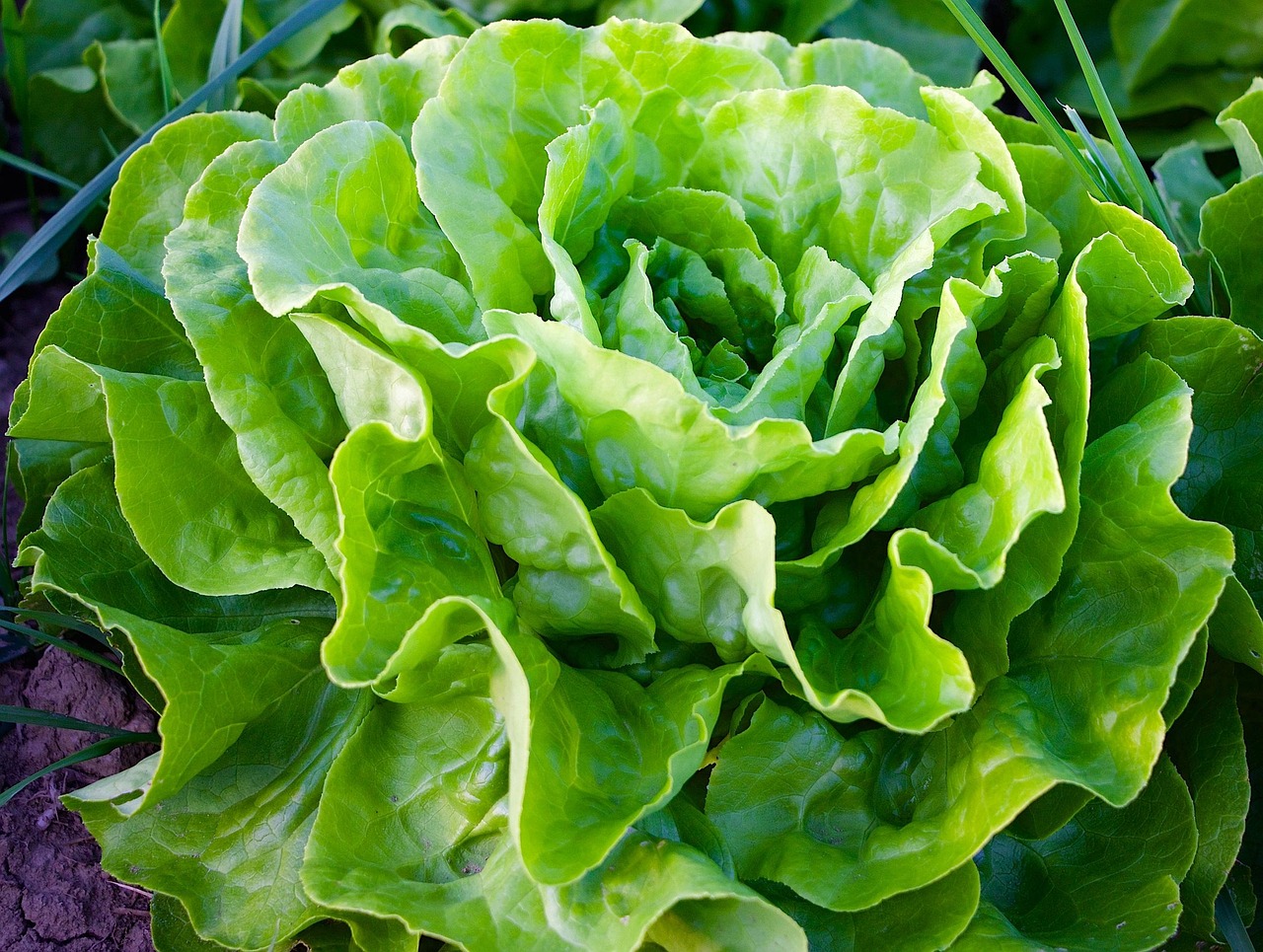
Nothing beats fresh homegrown lettuce in your salads.
Why Lettuce Works in Fall?
- Grows fast, typically 30–50 days to harvest.
- Prefers cooler temperatures for tender, sweet leaves.
Top Picks:
- Butterhead (Tom Thumb)
- Romaine (Parris Island)
- Looseleaf (Red Sails)
Try This:
Grow in containers for quick access and flexible harvesting.
5. Kale – Frost Makes It Sweeter
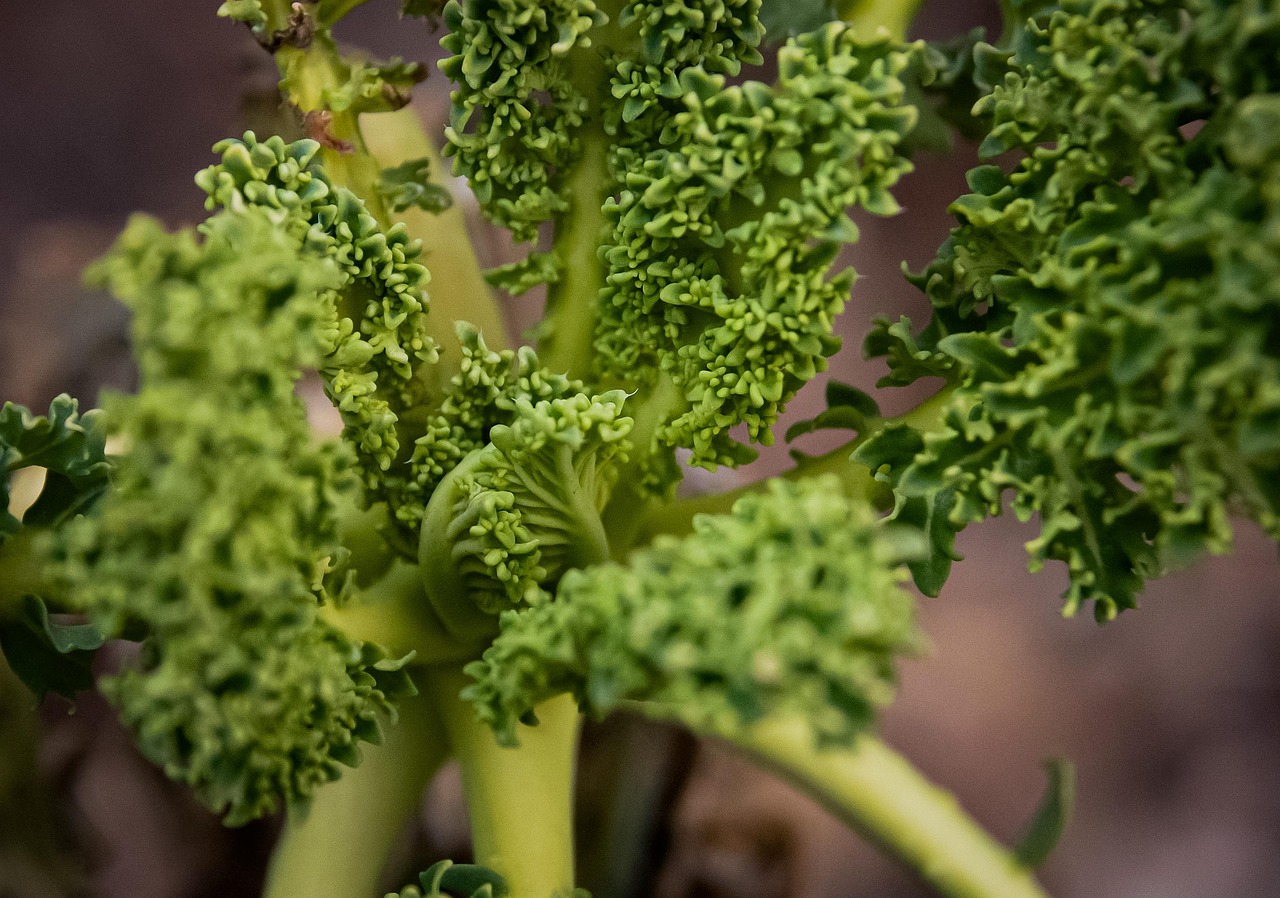
Kale might be hardy, but it’s also a fast producer in early growth stages.
What Makes Kale a Fall Superhero?
- Baby leaves are ready in 25–30 days, full size in 50–60 days.
- Light frosts enhance sweetness and reduce bitterness.
Top Varieties:
- Dwarf Blue Curled
- Red Russian
- Lacinato (Dinosaur)
Grower’s Note:
Harvest outer leaves continuously to keep the plant productive.
6. Turnips – Roots and Greens in Record Time
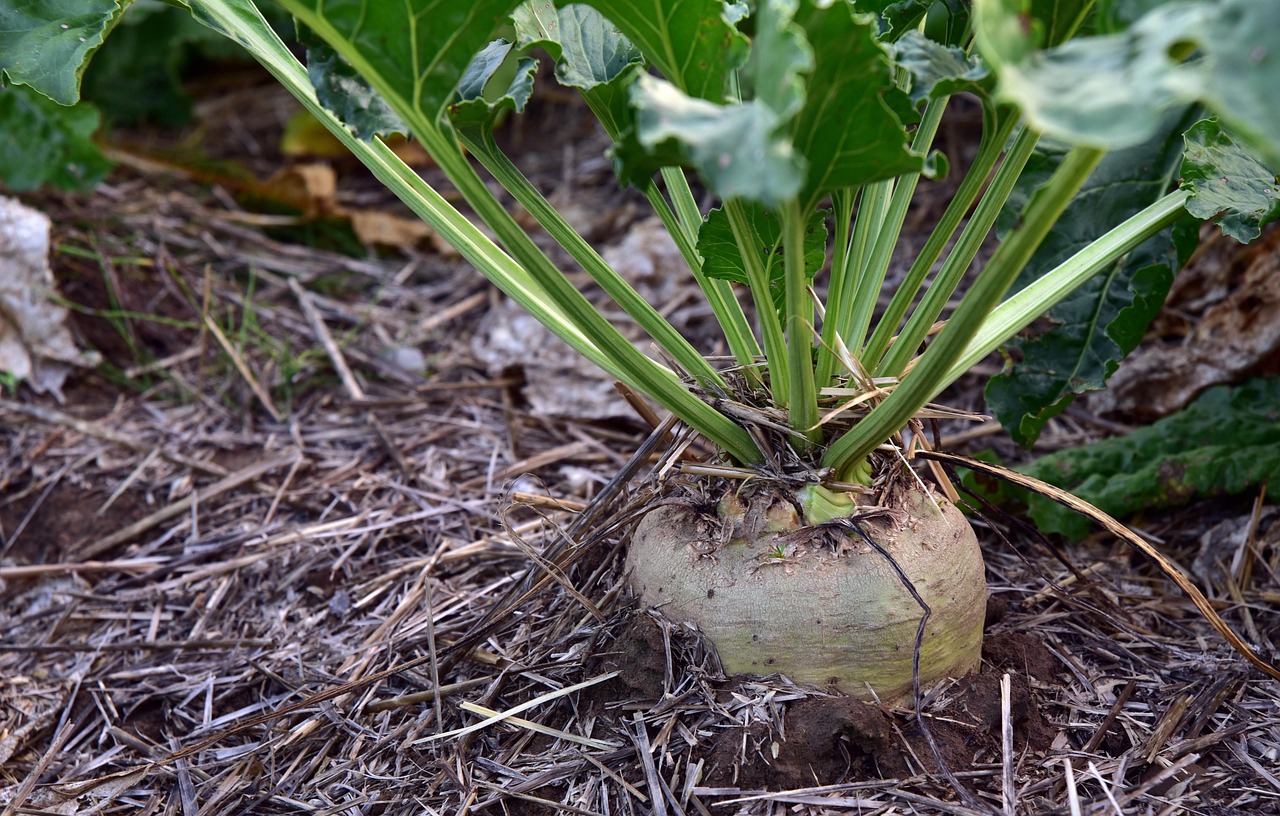
Turnips offer a two-for-one deal: you get both leafy greens and tender roots.
Why Turnips in Fall?
- Fast-growing — roots are ready in 40–60 days, greens in 30.
- Thrive in cool soil and require minimal care.
Best Varieties:
- Hakurei
- Purple Top White Globe
Tip:
Thin seedlings early to allow room for root development.
7. Mustard Greens – A Zesty Cool-Weather Treat
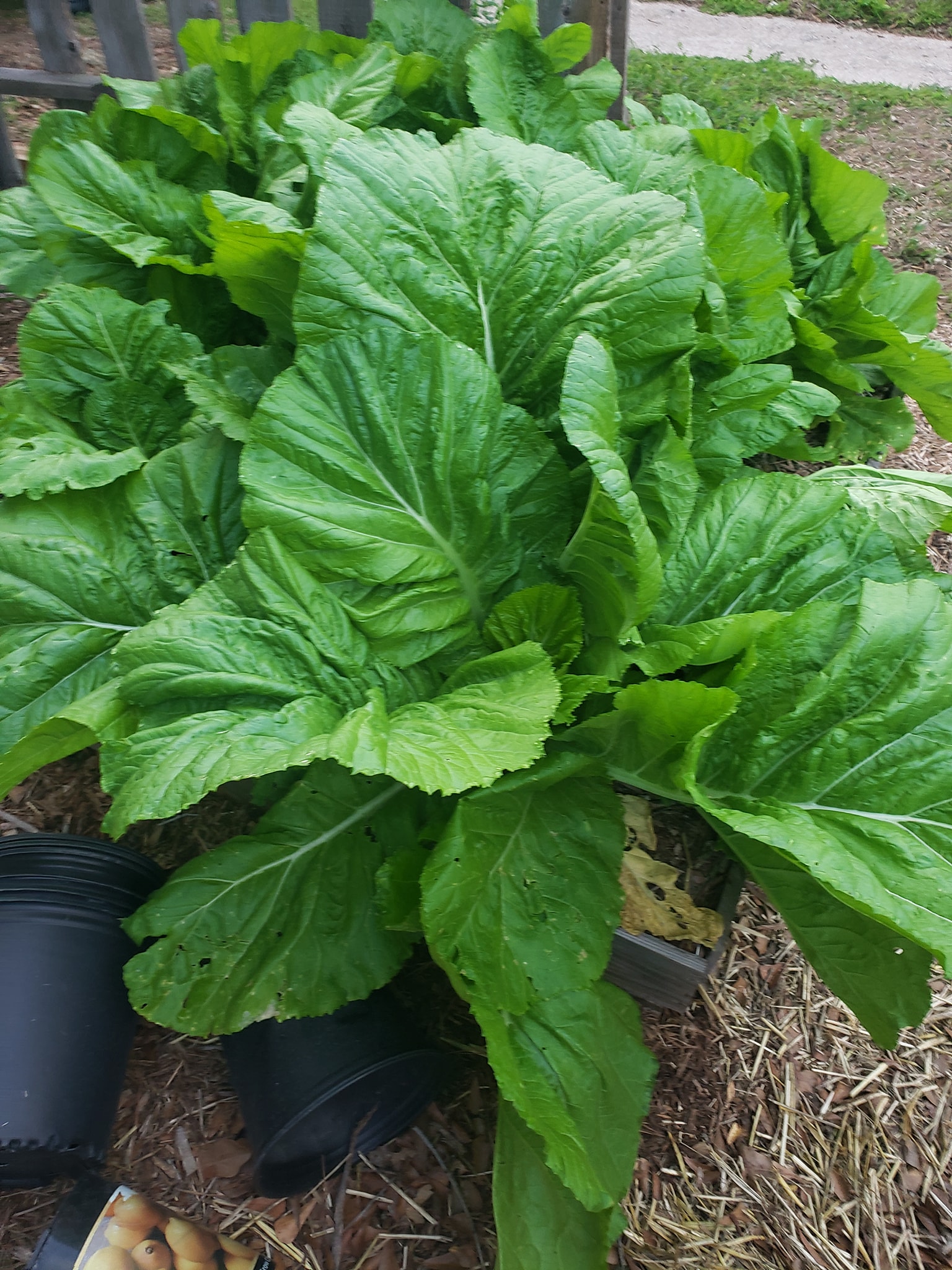
Need a bold-flavored green that grows fast?
Why Mustard Greens?
- Reach baby leaf stage in 20–30 days, full maturity by 45.
- Prefer cool weather and become less pungent after a light frost.
Recommended Varieties:
- Southern Giant Curled
- Red Giant
Did You Know?
They can be stir-fried, steamed, or eaten raw in salads.
8. Bok Choy – The Asian Green That Loves Fall
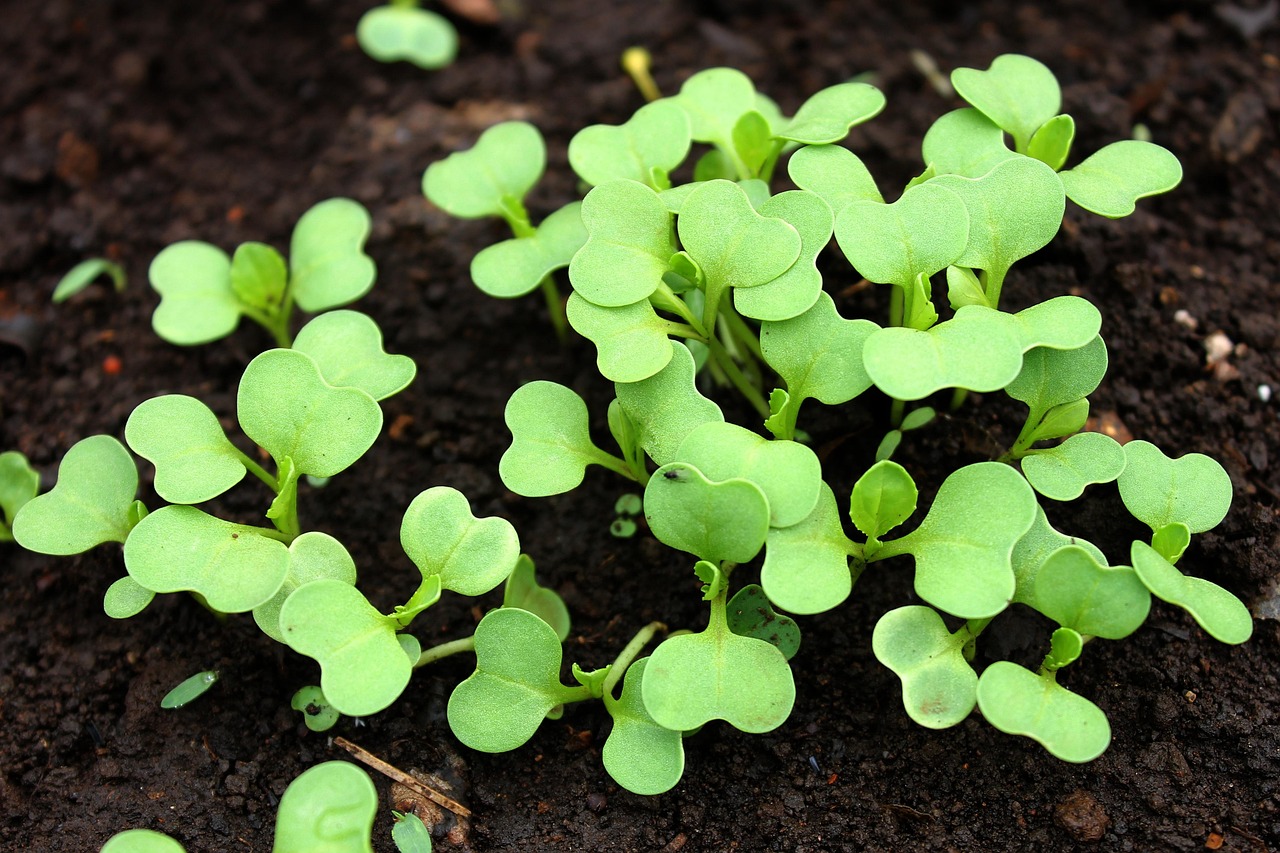
Crunchy stems, tender leaves, and fast growth make bok choy a favorite.
Why Plant Bok Choy Now?
- Small varieties mature in 30–45 days.
- Cooler temps prevent bolting and improve texture.
Varieties to Try:
- Baby Choi
- Joi Choi
- Tatsoi
Quick Tip:
Plant in partial shade if September temperatures are still high in your area.
9. Beets – Colorful, Nutritious, and Quick
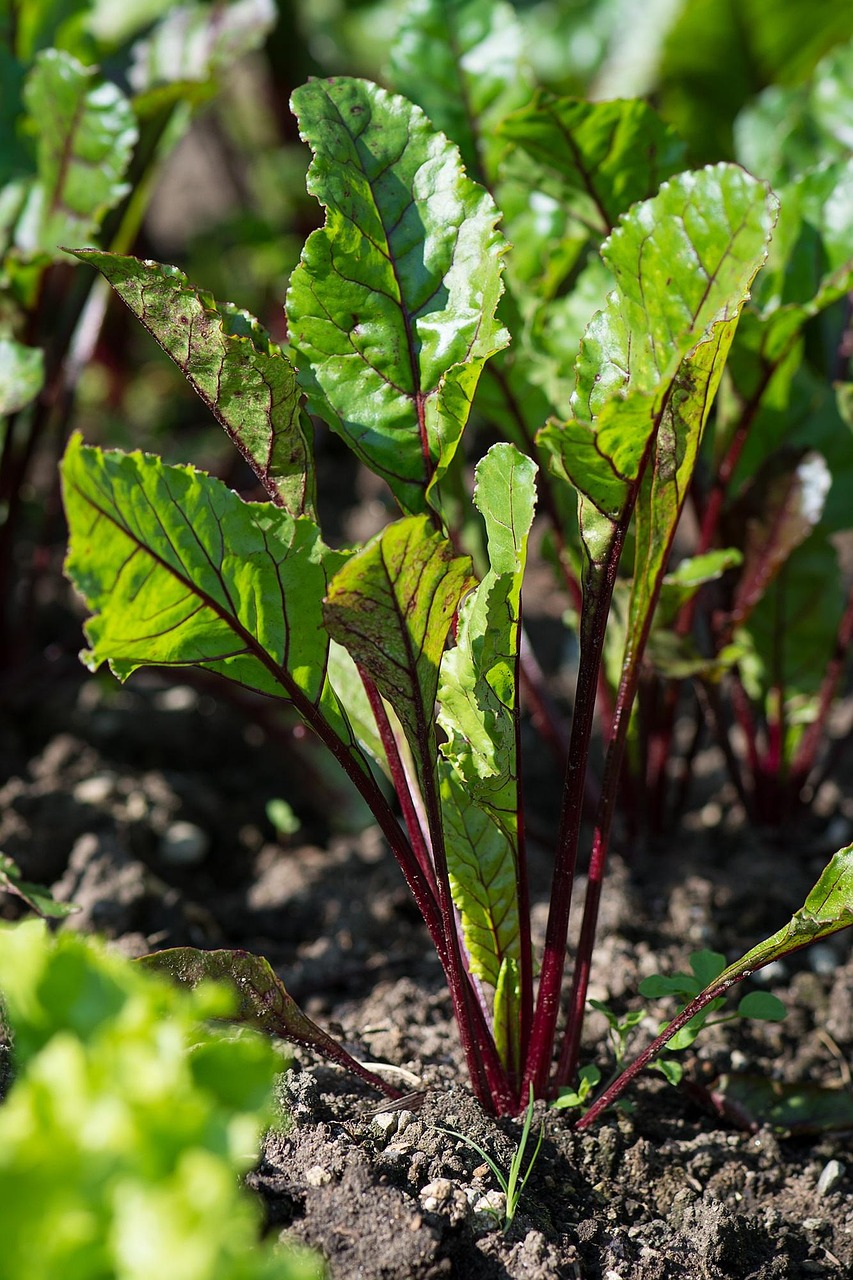
Beets are beautiful, both above and below the soil.
Why Choose Beets for September?
- Roots ready in 45–60 days; greens in just 30.
- Cooler temps improve flavor and sugar content.
Top Varieties:
- Detroit Dark Red
- Golden Beet
- Chioggia (Candy Cane)
Harvest Hack:
Pick some early for beet greens and let the rest grow for hearty roots.
10. Green Onions – The Cut-and-Come-Again Allium
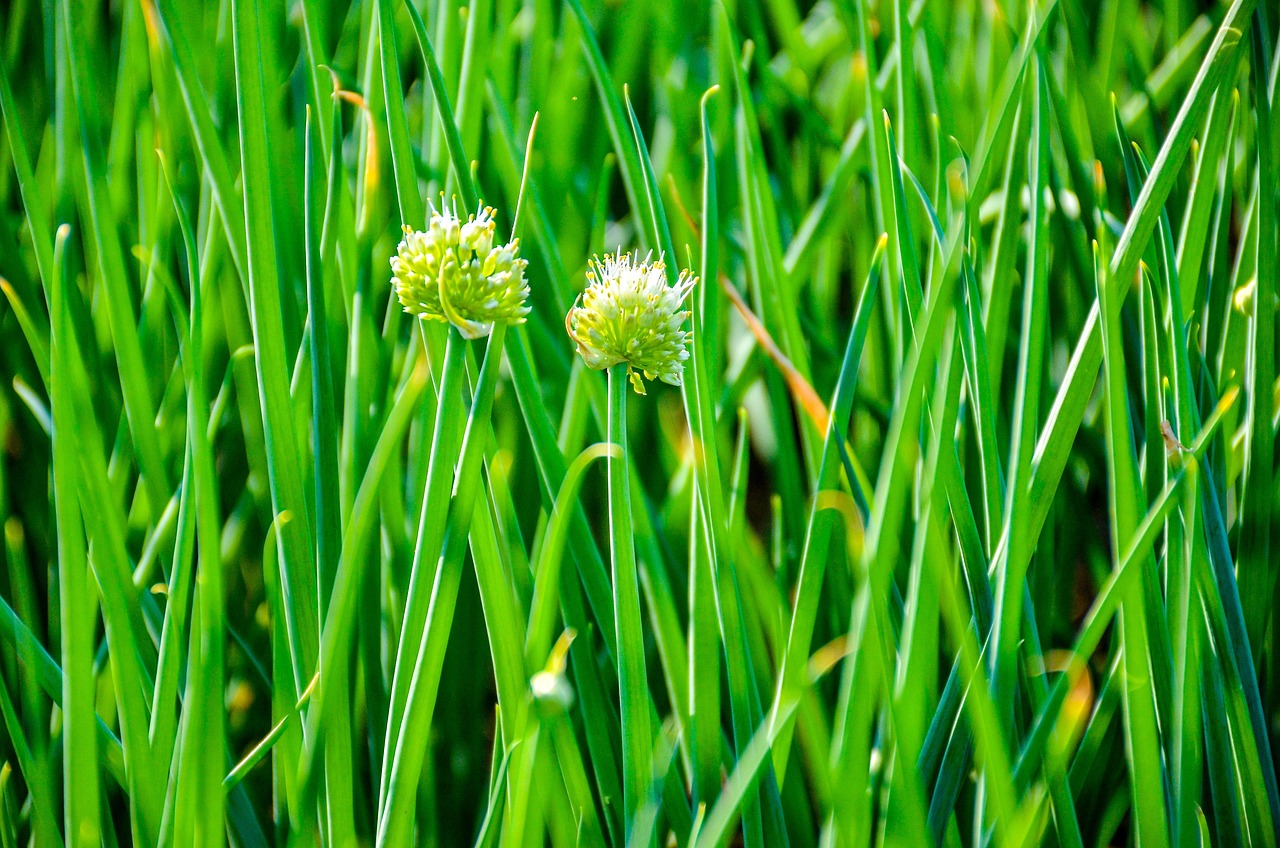
Don’t want to wait for full onions? Go for green onions instead.
Why Green Onions in Fall?
- Quick harvest in 30–45 days.
- Take up little space and can be grown in containers or borders.
Great Varieties:
- Evergreen Bunching
- White Lisbon
Pro Tip:
You can regrow them from kitchen scraps in a cup of water before transplanting.
11. Swiss Chard – Vibrant and Vigorous
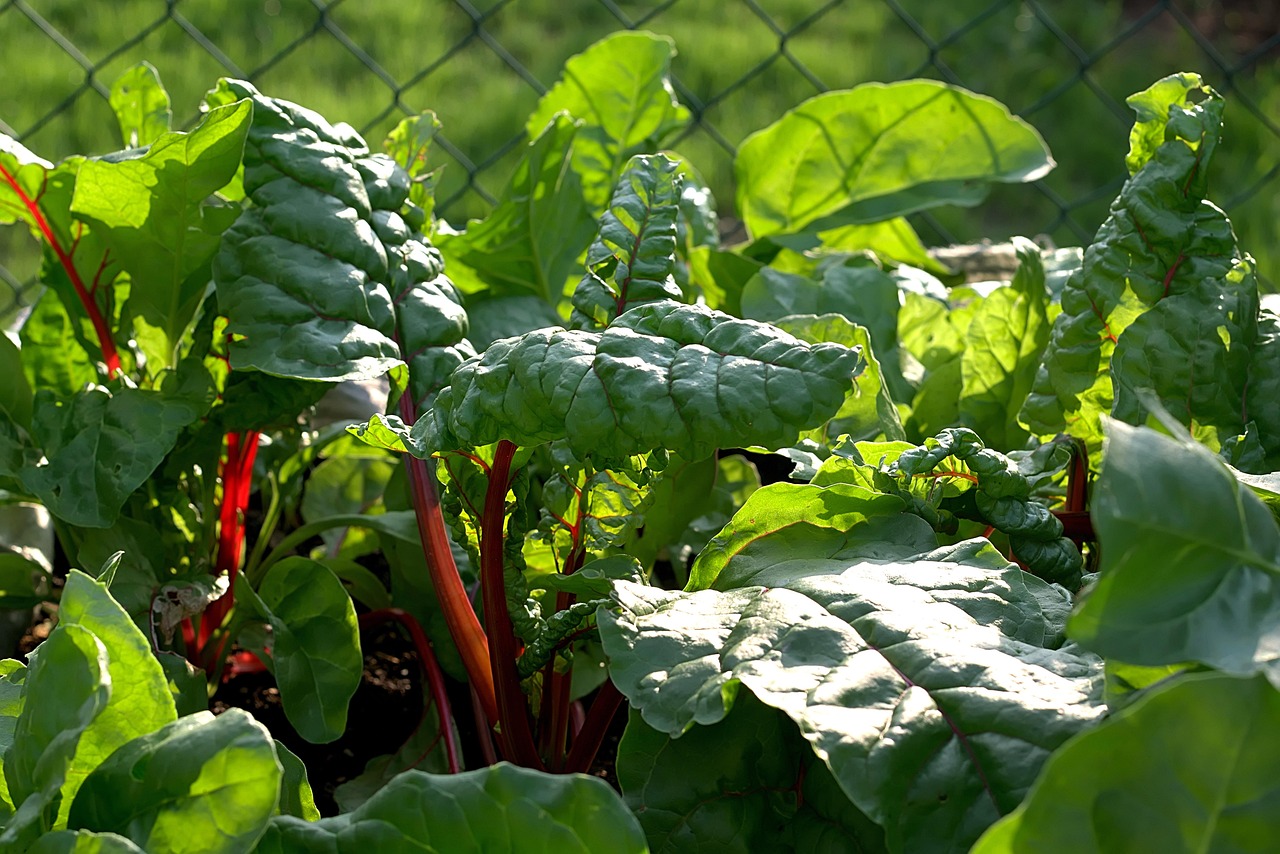
Swiss chard adds both color and nutrition to your fall plate.
What’s Special About Swiss Chard?
- Harvest baby leaves in 30 days, full size in 50–60.
- Tolerates frost and bounces back after cutting.
Top Picks:
- Bright Lights
- Fordhook Giant
Bonus Tip:
Use both the stems and leaves — they’re packed with vitamins.
How to Ensure a Successful September Garden?
Fall gardening might be less demanding, but success still requires smart planning. Here are a few tips to keep your autumn crops thriving:
1. Know Your Frost Dates
Check your local first frost date and count backward to make sure crops have time to mature.
2. Prepare Your Soil
Remove summer plants, loosen soil, and add compost to restore nutrients.
3. Use Row Covers
Protect young seedlings and extend the harvest season by a few weeks.
4. Water Wisely
Although it’s cooler, don’t forget to water — consistent moisture is key to healthy growth.
